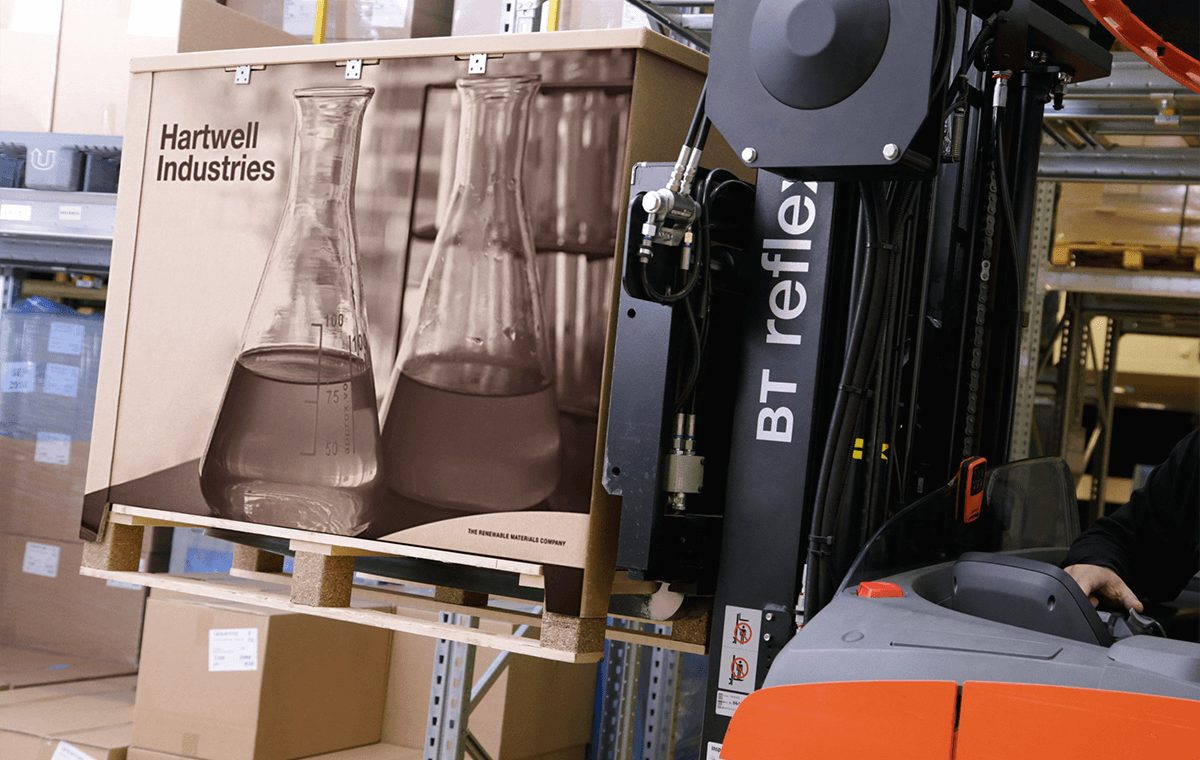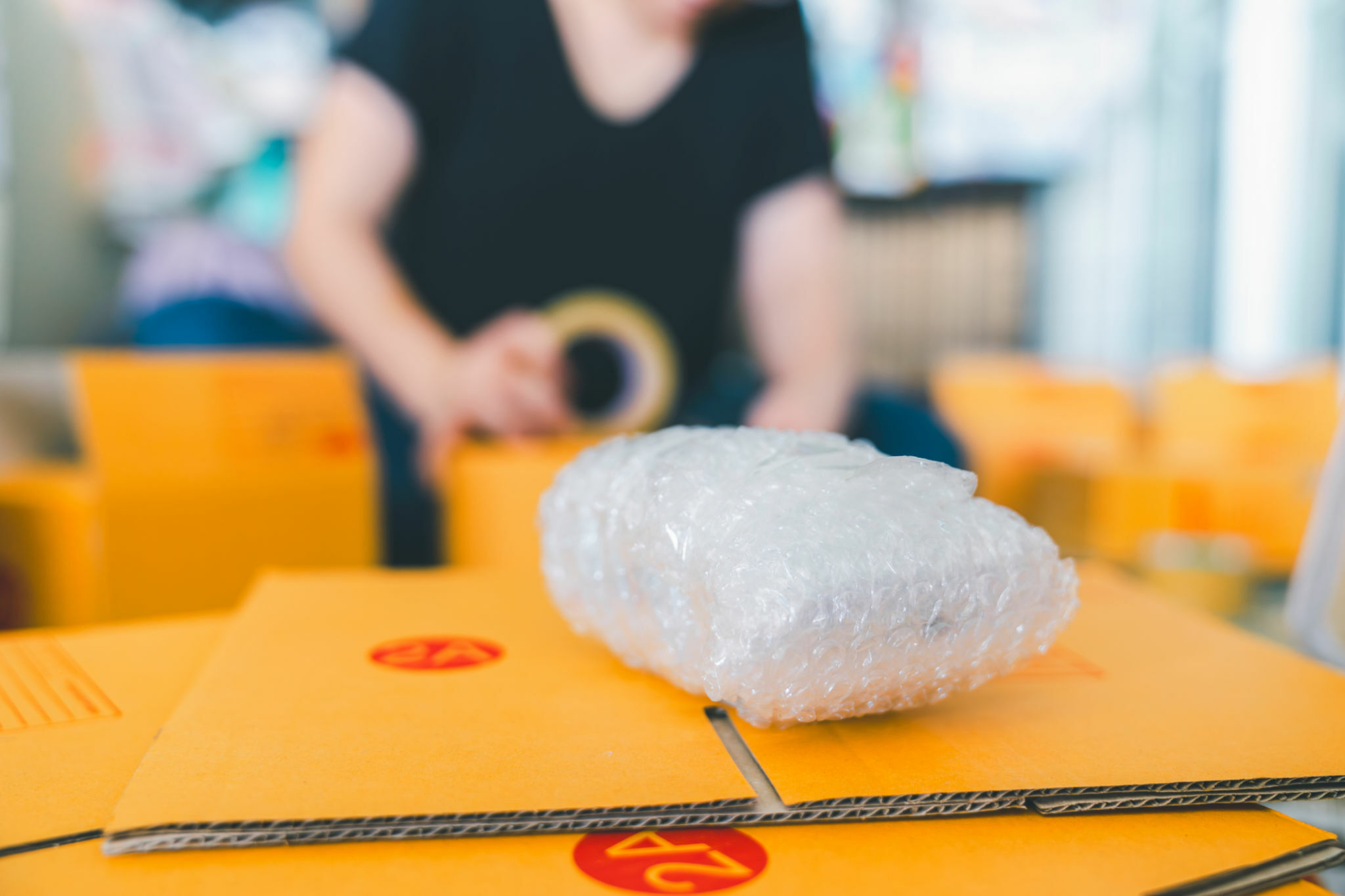Bulk Container Recycling Initiatives: Sustainably Browsing Sector
Bulk Container Recycling Initiatives: Sustainably Browsing Sector
Blog Article
Efficient Industrial Recycling Solutions for Lasting Packaging: A Comprehensive Overview
In today's significantly environmentally-conscious globe, the demand for sustainable packaging options has never ever been greater. To satisfy this need, organizations across sectors are actively looking for reliable commercial recycling services. Navigating the complex landscape of lasting product packaging can be testing without a detailed guide. That's where this detailed overview on reliable commercial recycling remedies for sustainable packaging can be found in. By exploring crucial locations such as packaging material option, designing for recyclability, carrying out recycling facilities, working together with recycling partners, and tracking and determining recycling success, this guide will equip you with the expertise and devices needed to make informed decisions and drive favorable modification within your organization. Whether you're a product packaging expert, sustainability supervisor, or just curious about the subject, this guide will supply important insights and approaches to aid you browse the world of lasting packaging.
Packaging Material Option
The option of product packaging materials plays an important role in making certain the sustainability of industrial recycling solutions. The selection of products is key in minimizing environmental influence and optimizing recycling performance when it comes to sustainable product packaging. Choosing the best products can assist decrease waste generation, save resources, and advertise a circular economy.
One important factor to think about in product packaging material selection is recyclability - industrial metal packaging. Products that can be quickly recycled and integrated back right into the manufacturing cycle are liked. Materials like cardboard, paper, glass, and particular kinds of plastics can be recycled numerous times without shedding their quality. On the other hand, products that are tough to recycle, such as combined plastics or non-recyclable compounds, can develop challenges for the recycling process and may end up in garbage dumps or burners.
Another consideration is using eco-friendly and sustainable products. Packaging made from eco-friendly resources, such as plant-based plastics or biopolymers, can help in reducing dependency on fossil gas and mitigate climate adjustment. In addition, naturally degradable products damage down naturally gradually, lowering the build-up of waste in land fills.
In addition, the weight and quantity of product packaging products ought to be decreased to lower transport costs and power intake. Lightweight products not just call for less sources during manufacturing but also add to lower carbon discharges during transport.
Creating for Recyclability
In order to guarantee the recyclability of product packaging products, thoughtful style is crucial. Designing for recyclability includes creating product packaging that can be conveniently arranged, separated, and processed in reusing facilities. One crucial aspect of making for recyclability is the choice of products. Product packaging developers ought to focus on making use of products that are commonly approved for reusing and have actually established recycling frameworks. Products such as glass, aluminum, and certain sorts of plastic, like PET and HDPE, are commonly reused and ought to be chosen over materials that are costly or difficult to reuse.
Another vital factor to consider in designing for recyclability is the elimination of unnecessary components or materials. By minimizing the variety of layers, coatings, and extra components, packaging can be made less complex and less complicated to recycle. Furthermore, developers should intend to minimize using mixed materials, as they can complicate the reusing procedure.

Implementing Recycling Framework
Reliable application of recycling infrastructure is critical for the success of commercial reusing services. Without appropriate infrastructure in position, the recycling process comes to be ineffective and ineffective, preventing the total objective of sustainable packaging.
To apply recycling facilities successfully, several key elements need to be taken into consideration. There ought to be an efficient collection system that assists in the splitting up and collection of recyclable products. This can include designated recycling containers in public areas, along with collaborations with waste management firms for curbside pick-up and sorting.
As soon as collected, the recyclable materials need to be transferred to recycling facilities in a prompt way. This calls for efficient logistics and transport networks, guaranteeing that the products reach the proper centers immediately.
At the reusing facilities, advanced sorting and handling technologies should remain in area to separate different sorts of products properly. This includes using automated sorting machines, optical scanners, and manual sorting techniques.
Furthermore, there need to be a durable market demand for recycled products. This can be achieved through partnerships with manufacturers and industries that utilize recycled materials in their production processes. Creating a secure market for recycled products incentivizes the reusing market and promotes the round economy.
Teaming Up With Recycling Partners

One secret aspect of collaborating with reusing companions is the establishment of clear interaction channels. It is necessary to establish open lines of communication to assist in the exchange of information, updates, and feedback. This allows both events to remain notified regarding the progression of reusing initiatives and deal with any obstacles or problems that may develop.
In addition, cooperation can include joint initiatives in designing and applying recycling programs. Recycling partners can give useful insights and guidance in developing efficient collection systems and establishing the most proper recycling technologies. By interacting, organizations and recycling companions can enhance the recycling process and decrease waste.
Moreover, cooperation can extend beyond the functional aspects of reusing. It can likewise encompass advocacy and education and learning initiatives. By joining forces, businesses and reusing companions can elevate understanding about the importance of recycling and advertise the adoption of lasting packaging methods among consumers and other stakeholders.
Tracking and Measuring Recycling Success
To make sure the performance of industrial reusing solutions and the success of sustainable product packaging goals, it is crucial for services and their reusing companions to develop a thorough system for monitoring and measuring reusing success (plastic container manufacturer). Tracking and measuring recycling success allows organizations to assess the influence of their recycling efforts, determine areas for renovation, and established purposeful targets for future development
One method to track recycling success is through the usage of data collection and analysis tools. By collecting information on the amount of packaging waste generated, the percentage of waste that is reused, and the types of materials being reused, organizations can gain useful understandings into their reusing efficiency. This information can then be evaluated to identify patterns, patterns, and areas of inadequacy.
Another important aspect of tracking and measuring recycling success is developing standard and clear metrics. This enables organizations to contrast their efficiency versus industry criteria and track their development with time. Metrics such as recycling rates, waste diversion prices, and greenhouse gas emissions can give a measurable procedure of a company's recycling success.

Conclusion
Finally, applying effective commercial recycling services for lasting packaging needs cautious factor to consider of product packaging product selection, designing for recyclability, carrying out recycling framework, teaming up with reusing companions, and tracking and measuring reusing success. By integrating these practices, companies can contribute to an extra lasting and environmentally-friendly strategy to packaging, minimizing waste and promoting the round economic climate.
By exploring crucial locations such as packaging product option, making for recyclability, carrying out reusing framework, collaborating with recycling partners, and tracking and gauging reusing success, this guide will certainly outfit you with the expertise and tools essential to make informed decisions and drive favorable modification within your organization. Packaging developers ought to focus on the use of materials that are widely approved for reusing and have developed recycling infrastructures.Partnership with recycling companions is essential for the successful application of commercial recycling options and the accomplishment of lasting product packaging objectives. By signing up plastic container manufacturer with forces, services and reusing partners can increase awareness about the importance of reusing and promote the adoption of lasting product packaging methods among consumers and various other stakeholders.
By gathering data on the quantity of packaging waste produced, the percentage of waste that is reused, and the types of materials being recycled, services can acquire beneficial insights into their recycling performance.
Report this page